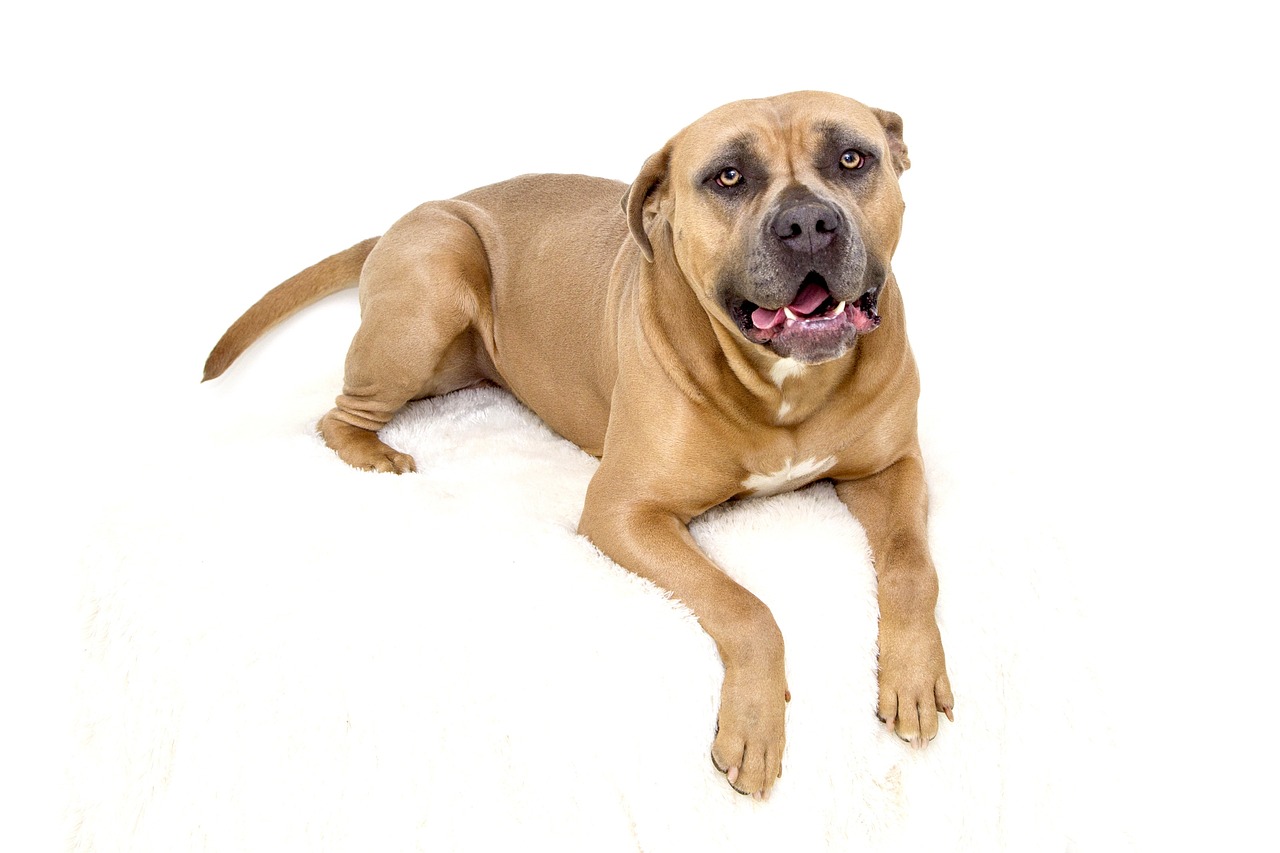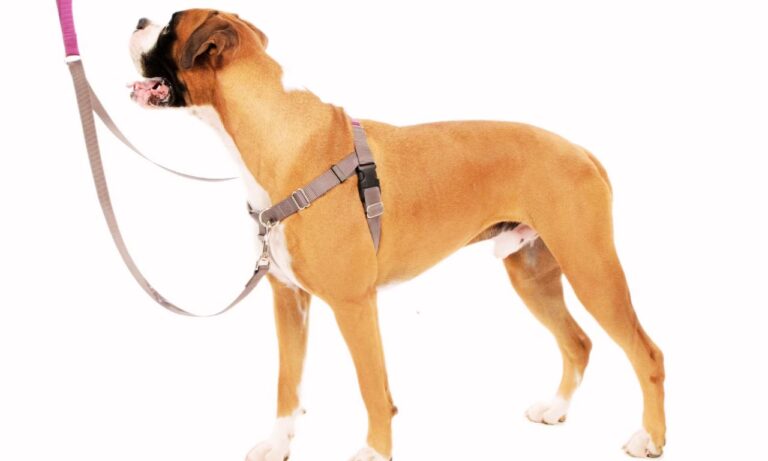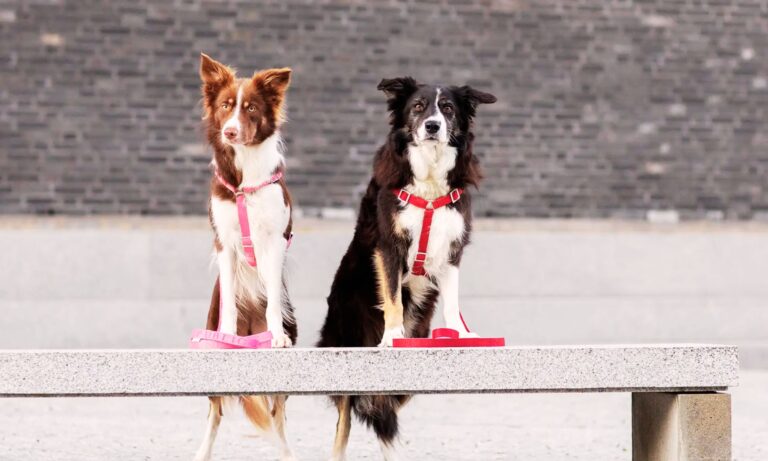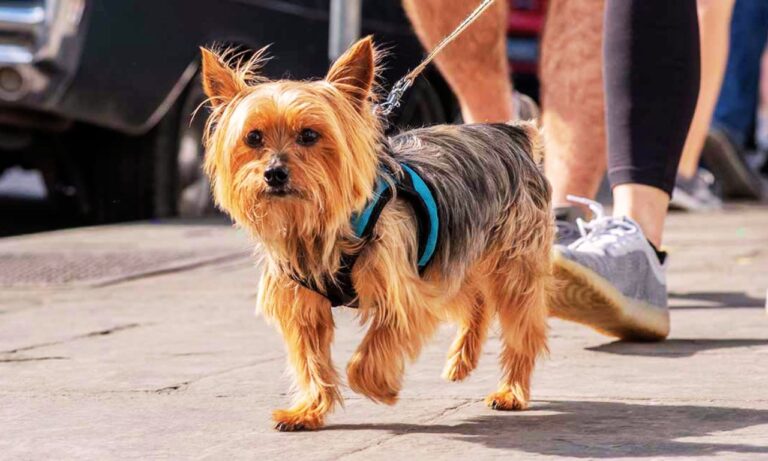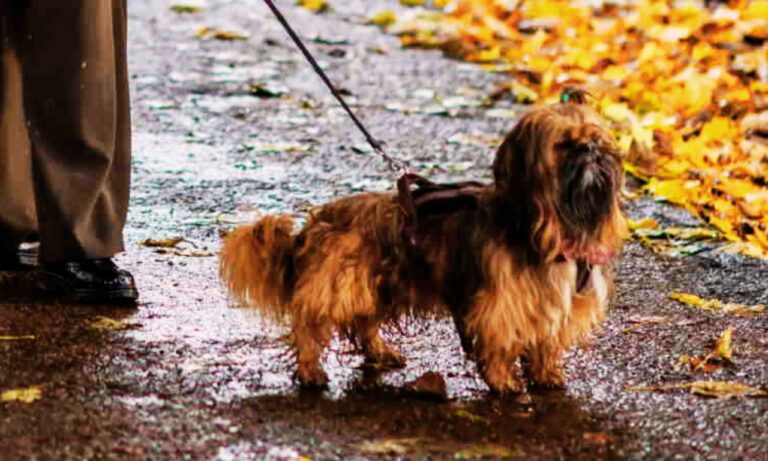The Pitbull Bite Force PSI is a topic of heated debate, often exaggerated in media reports and misunderstood by the general public. Some claim that Pitbulls have an extremely high bite force, sometimes reported to be over 1,000 PSI (pounds per square inch), but how much of this is fact, and how much is myth?
I have spent considerable time researching bite force measurements and analyzing various studies to separate fact from fiction. As a dog enthusiast and researcher, I found it fascinating to explore how Pitbulls compare to other breeds regarding bite strength. If you’re curious about the actual bite force PSI of a Pitbull, this article will provide scientific insights, comparisons, and real-world data.
Ensure your Newfoundland’s comfort and security with expert tips on how to ensure a safe collar fit for Newfoundland.
Blog Highlights
ToggleWhat Is Bite Force PSI?
Bite force is measured in PSI (pounds per square inch), which determines the amount of pressure exerted by a dog’s jaws when biting. However, measuring bite force in dogs is not as straightforward as it seems. Several factors affect a dog’s biting power, including:
- Breed and Skull Structure – Dogs with broader, more muscular skulls often have higher bite forces.
- Size and Weight – Larger dogs generally have stronger jaws.
- Bite Intensity and Motivation – The pressure exerted depends on the situation; a dog in defense mode may bite harder than during play.
- Method of Measurement – Studies use different techniques to measure bite force, leading to variations in reported PSI values.
How Strong Is a Pitbull Bite Force PSI?
A Pitbull Bite Force PSI is estimated to be between 235 and 300 PSI. While this is strong, it is not as high as many exaggerated claims suggest. GPS dog collars help monitor their movements during physical activities.

To put this into perspective, let’s compare the bite force of a Pitbull with other dog breeds and some wild animals:
| Animal/Breed | Bite Force (PSI) |
| Kangal (Turkish Shepherd) | 743 PSI |
| Cane Corso | 700 PSI |
| Rottweiler | 328 PSI |
| Pitbull | 235–300 PSI |
| German Shepherd | 238 PSI |
| American Bulldog | 305 PSI |
| Human | 120–160 PSI |
| Lion | 650 PSI |
| Hyena | 1,100 PSI |
| Great White Shark | 4,000 PSI |
From this comparison, it’s clear that Pitbulls do not have the most powerful bite force among dogs. They rank below breeds like the Rottweiler and Cane Corso, which have been measured at significantly higher PSI levels.
While their bite is strong, Pitbulls are naturally affectionate dogs that thrive with proper training and socialization. Pet tech products like interactive toys help with mental stimulation.
How Do Scientists Measure Bite Force?
To measure a dog’s bite force accurately, researchers typically use force plates or pressure-sensitive materials placed between a dog’s jaws. Here are some notable studies on canine bite force:
Dr. Brady Barr’s Study (National Geographic)
Dr. Barr measured the bite force of three popular breeds:
- Rottweiler: 328 PSI
- German Shepherd: 238 PSI
- Pitbull: 235 PSI
His findings debunked myths that Pitbulls have the strongest bite force.
2010 Journal of Veterinary Dentistry Study
A research team measured bite force across multiple breeds and found that a dog’s body size and jaw width were the strongest indicators of bite strength.
University of Sydney Study on Dog Skull Morphology
This study analyzed how jaw shape affects biting power, concluding that mastiff-type breeds generally have higher bite force than terriers like the Pitbull.
From these studies, it’s evident that while Pitbulls have a strong bite, they do not possess the record-breaking force often attributed to them.
Discover the ideal fit by learning what size collar for Newfoundland dog to ensure your pet’s comfort and safety.
Debunking Myths About Pitbull Bite Force

Myth #1: Pitbulls Have a Locking Jaw
One of the biggest misconceptions is that Pitbulls have a “locking jaw” mechanism that makes them more dangerous. This is completely false. There is no scientific evidence that Pitbulls have a unique jaw structure different from other dog breeds. Their anatomy is similar to other dogs of similar size.
Myth #2: Pitbulls Can Bite Harder Than Lions or Hyenas
A lion has a bite force of around 650 PSI, while a hyena can exert an incredible 1,100 PSI. Some false reports claim Pitbulls can bite at 1,500 PSI, which is an extreme exaggeration. Scientific studies confirm that their bite is closer to 235–300 PSI, far less than that of big cats or large wild predators.
For expert tips on how to fit a collar on a Belgian Shepherd, this guide offers simple steps to ensure your dog’s collar fits securely and comfortably.
Myth #3: Pitbulls Have the Strongest Bite of Any Dog

Although Pitbulls have a respectable bite force, they are not the strongest among dog breeds. The Kangal (743 PSI), Cane Corso (700 PSI), and Rottweiler (328 PSI) all have higher measured bite forces than the Pitbull.
Compared to Rottweilers (328 PSI) and Cane Corsos (700 PSI), Pitbulls do not have the highest bite force but are still powerful. Electronic dog collars assist in obedience training and bite inhibition.
Factors That Influence a Pitbull’s Bite Strength

A Pitbull’s bite force can vary based on age, health, and training. Here are some factors that may influence a Pitbull’s actual biting power:
- Size and Muscle Mass – A more muscular Pitbull may exert greater bite pressure.
- Bite Inhibition Training – Dogs trained from a young age to control their bite are less likely to exert full force.
- Emotional State – A frightened or aggressive dog may bite harder than a calm dog.
- Bite Positioning – If a dog bites with its molars rather than incisors, it can exert more force.
For detailed guidance on selecting the correct collar size for a Belgian Shepherd, this article provides essential tips to ensure your dog’s comfort and safety.
Are Pitbull Bites More Dangerous Than Other Breeds?

Pitbulls are sometimes labeled as “dangerous” due to their bite, but bite force alone does not determine the risk factor. Several factors contribute to bite severity:
- Frequency of Bites – Pitbulls are often involved in bite incidents, but this is largely due to their popularity and irresponsible ownership.
- Bite Style – Unlike breeds that bite and release, Pitbulls tend to “hold and shake,” increasing injury severity.
- Training and Socialization – Well-trained Pitbulls are no more dangerous than other large breeds.
A 2018 study analyzing dog bite fatalities in the U.S. found that Pitbull-type dogs were involved in about 66% of fatal bites over a 13-year period. However, this does not mean Pitbulls are inherently more aggressive—poor ownership, lack of training, and improper socialization are major factors.
Responsible ownership and early socialization are key to ensuring a well-balanced and friendly Pitbull. Dog training equipment helps manage their energy and training needs.
Pitbull Bite Force in Comparison to Human Bite Force
Humans have a bite force of about 120–160 PSI, significantly lower than a Pitbull’s 235–300 PSI. However, humans rely on chewing efficiency rather than raw strength.
Interestingly, some athletes and martial artists can exert bite forces up to 270 PSI, which is within the same range as a Pitbull!
How to Prevent Dog Bites: Training and Responsible Ownership
While bite force is an interesting statistic, what truly matters is preventing dog bites altogether. Whether you own a Pitbull or any other breed, responsible training and socialization play a vital role in ensuring safe interactions.
1. Early Socialization
From puppyhood, exposing your Pitbull to different people, environments, and animals helps them develop confidence and reduces fear-based aggression. Studies show that dogs properly socialized before 14 weeks of age are less likely to exhibit aggressive tendencies as adults.
2. Bite Inhibition Training
Teaching bite inhibition means training your Pitbull to control how hard they bite. Puppies naturally learn this from their littermates, but owners should reinforce the behavior by:
- Redirecting biting onto toys instead of hands or clothing.
- Using a firm “No” or yelp-like sound when they bite too hard.
- Rewarding gentle play with praise and treats.
3. Avoid Aggressive Play
Games like tug-of-war or rough wrestling may encourage dominance behaviors in some Pitbulls. Instead, focus on activities that promote obedience and self-control, like:
- Fetch
- Agility training
- Nose work games
4. Neutering and Spaying
Research shows that neutered and spayed dogs are often less aggressive. A study published in the Journal of the American Veterinary Medical Association found that intact males were involved in over 70% of fatal dog attacks.
5. Supervised Interactions
Never leave your Pitbull unsupervised with:
- Small children
- Unfamiliar animals
- Strangers who may provoke fear reactions
By following these steps, Pitbull owners can ensure their dogs remain well-mannered and safe around people and other pets.
Discover the perfect collar size for an Anatolian Shepherd Dog to ensure comfort and security for your furry friend.
Pitbull Bite Force vs. Other Terrier Breeds
Since Pitbulls are part of the terrier group, how does their bite force compare to other terrier breeds?
| Terrier Breed | Bite Force (PSI) |
| American Pitbull Terrier | 235–300 PSI |
| Staffordshire Bull Terrier | 200–230 PSI |
| American Staffordshire Terrier | 225–250 PSI |
| Bull Terrier | 230–260 PSI |
Among terriers, Pitbulls have one of the strongest bites, but they are not vastly superior to other bull-type breeds. Staffordshire Bull Terriers and American Staffordshire Terriers have slightly lower bite forces but share similar jaw structures.
Why Do Bull-Type Terriers Have Strong Bites?
These breeds were originally developed for bull-baiting and later for farm work, requiring strong, gripping jaws. However, modern Pitbulls are far removed from their historical roots and are now popular companion dogs.
When properly trained, Pitbulls are affectionate, intelligent, and highly obedient, making them excellent family pets despite their reputation.
Final Thoughts: Should You Worry About a Pitbull’s Bite Force?
The idea that Pitbull Bite Force PSI have the strongest bite force is a myth. Their bite strength is comparable to other medium-to-large dog breeds and is far below that of Kangals, Cane Corsos, and Rottweilers.
If you are a Pitbull owner, proper training and socialization are key. Responsible ownership ensures that Pitbulls remain loving, well-behaved companions rather than aggressive dogs. Bite force alone does not make a breed dangerous—how they are raised and trained matters far more.

